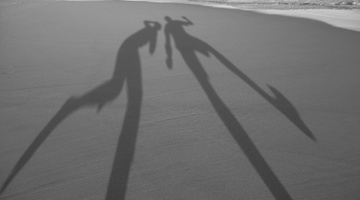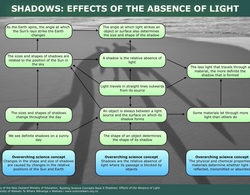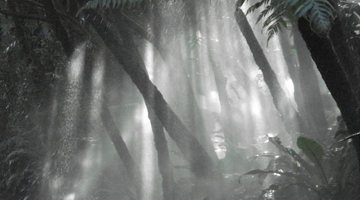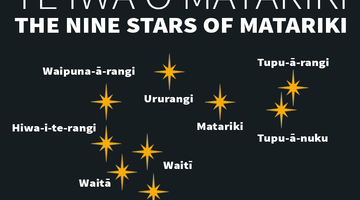The New Zealand Ministry of Education's Building Science Concepts (BSC) series, Book 9: Shadows: Effects of the Absence of Light lists a set of big ideas regarding light and shadows. Each big idea lists key science concepts in the sequence in which they are likely to be developed by young learners.
This article is a partial replication of book 9. It groups the big ideas along with images to illustrate the concepts.
This interactive groups resources in the sequential steps students usually take as they learn about light and shadows. Each button includes multiple images that will be useful for discussion.
This article was written with NZC level 1 and 2 students in mind. It covers the most basic concepts about light and shadows.
Use the images to elicit student' prior knowledge about the concepts they visually represent.
The images can also help with summative assessment to see how student understanding is progressing, how students use content vocabulary, etc.
This article has key science concepts regarding light.
Key points for shadow science:
- light travels in a straight line
...
A list of incorrect ideas students may hold, and pedagogical advice on how to move them from misconception to the scientist's view.
It is helpful to read through this list of alternative conceptions prior to teaching and again during the teaching sequence. Children naturally and instinctively develop their own ideas about how things work. These self-developed concepts make sense to the individual but may be inaccurate. It takes time to change alternative conceptions. Research shows that students can hold multiple conceptions - their own explanation and a school explanation. Being
Use this image to elicit student prior knowledge about the Sun and light.
introduce the following concepts:
- The Sun is the Earth's largest source of light.
...
Use this image to:
-
Elicit students' prior knowledge about night and darkness.
-
Introduce the following concepts:
...
Use this image to:
-
Elicit students' prior knowledge about the Sun's changing position in the sky.
-
Introduce the following concepts:
...
The downloadable Word document has very useful pedagogical information in addition to easy to use activity ideas. It includes a helpful sheet with key science concepts and images to illustrate the concept.
This activity is useful for teaching about day and night and for teaching about why shadows change during the day. It is a complex topic so it is likely students will not fully grasp some of the science concepts until they are older. It is still worth introducing if students are curious and question why shadows change.
Another engaging activity for observation and discussion.
The content vocabulary might be a bit complex at level 1, so consider using words like see-through, somewhat see-through and can't see through at all. Older students might find the words transparent, translucent and opaque a fun challenge.
Light can come from sources other than the Sun.
Can we make shadows indoors?
Are these shadows the same or different from shadows we make outside in the Sun?
Matching objects with their shadows
Ignore the learning intentions for this activity. It is the images we are after!
Download the Word document for the activity.
Use this image to:
-
Elicit students' prior knowledge about transparency.
-
Introduce the following concepts:
...
Light, stars and Matariki
Just as light from the Sun (a star) travels to Earth, light from the Matariki star cluster travels to Earth. We can see this light at night during certain times of the year.
The Matariki star cluster is visible in many locations around the globe. This activity tells some of the legends from different cultures.
It also outlines an activity in which students create their own constellations (light points) on black paper and create legends of their own.














